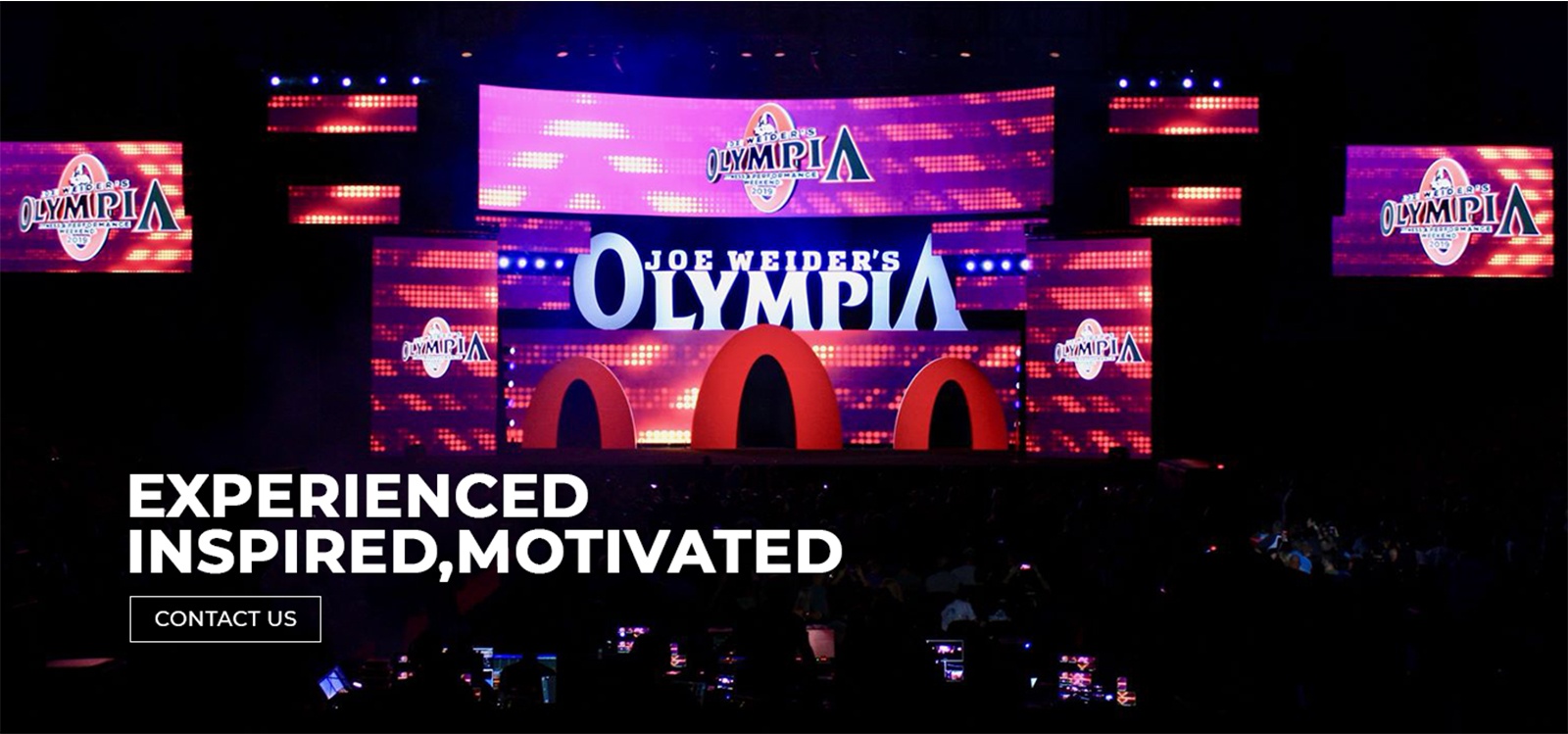Transforming Audience Engagement Via Immersive Virtual Reality Experiences in Real-time Productions
Transforming Audience Engagement Via Immersive Virtual Reality Experiences in Real-time Productions
Blog Article
Within the past times, virtual VR has emerged as powerful instrument for enhancing audience engagement in real-time performances. This technology enables viewers to immerse themselves in a 3D setting, crafting a unique encounter that conventional media cannot duplicate. By using VR, creators can move audiences into the core of the action, causing them sense as if they are part of the show. This innovative method not just enchants viewers but also opens up new possibilities for narrative and interaction.
A of the primary advantages of employing VR in real-time productions is the ability to create a more interactive encounter. Viewers can engage with the performance in the moment, shaping the outcome or exploring different perspectives. For instance, in a theater production, audiences using VR goggles can select to follow particular characters or scenes, allowing them to customize their experience. This degree of interactivity fosters a more profound bond between the audience and the performance, making it even memorable and impactful.
Additionally, VR tools can improve the sight and auditory elements of a real-time production. With top-notch graphics and sound design, creators can create breathtaking settings that draw viewers in. This immersive quality can raise the complete experience, rendering it even more captivating and pleasurable. For instance, a concert can be converted into a multi-sensory encounter, where audience members feel as if they are on in front with the artists. Such improvements not only attract larger audiences but also encourage repeat attendance, as audiences look to re-experience the thrill.
Alongside enhancing viewer involvement, VR can also provide insightful data for creators. Through examining how audiences engage with the digital setting, producers can collect information on viewer likes and actions. This data can inform future performances, assisting to tailor material to more effectively satisfy the needs and desires of the audience. As a result, VR not only enriches the current experience but also contributes to the development of real-time performances as a whole.
As the technology continues to advance, the potential for VR in live productions is immense. Ranging from stage shows and musical events to athletic events and festivals, the Get More Info possibilities are endless. Through adopting this cutting-edge method, creators can transform the way viewers experience real-time performances. As more creators explore the integration of VR, it is likely that we will witness a change in how performances are designed and delivered, eventually resulting to a greater immersive and interactive future for real-time performances.